The Munchkin Cat: When Humans Played with Leg Length
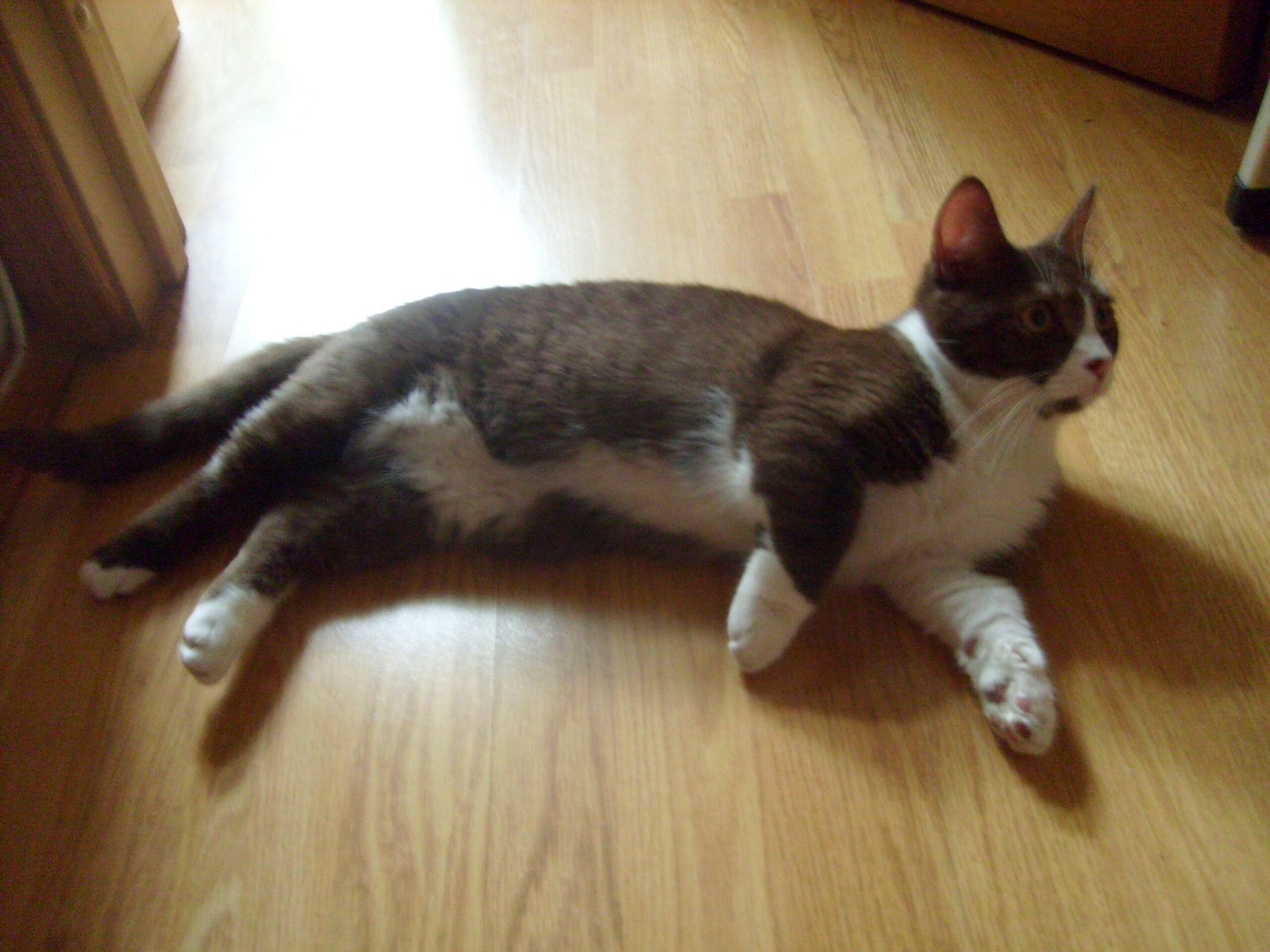
Picture a cat that looks like it’s perpetually crouching, and you’ve got the Munchkin breed. These adorable felines carry a genetic mutation that shortens their legs, similar to how dachshunds were bred in the dog world. The controversial breeding began in the 1980s when humans deliberately selected cats with this dwarfism trait.
What’s fascinating is that despite their stubby legs, Munchkins can run and jump almost as well as regular cats. They’ve adapted by developing a unique “ferret-like” running style that’s both endearing and efficient. However, the ethics of breeding cats with this genetic modification continues to spark heated debates among veterinarians and cat enthusiasts worldwide.
The Sphynx Cat: Engineering a Hairless Wonder
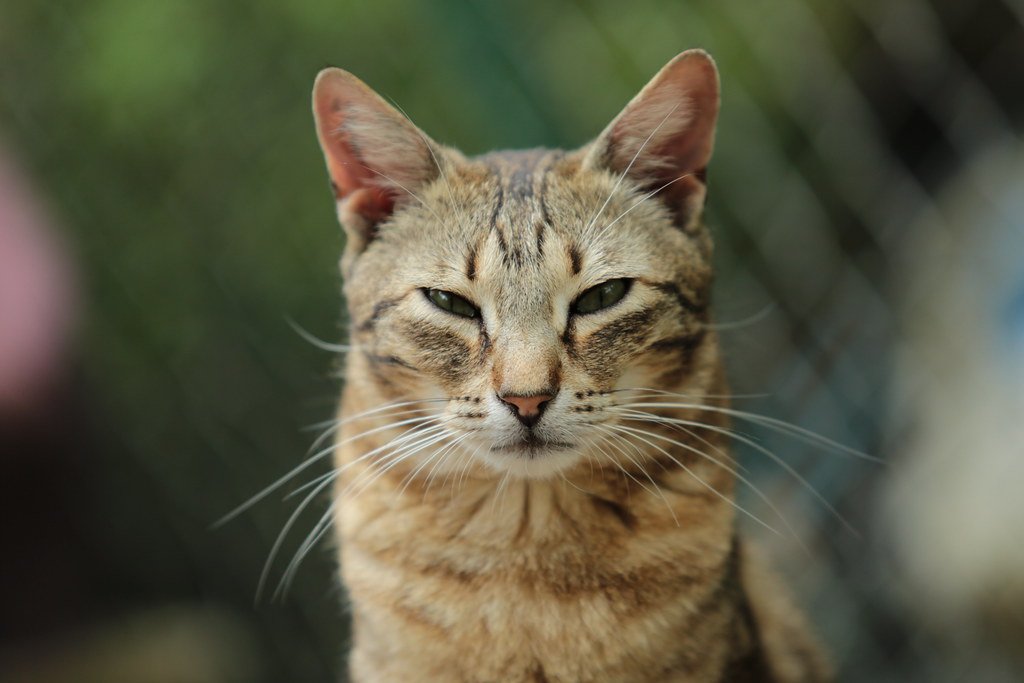
The Sphynx cat looks like something from another planet, and in many ways, it is. This breed emerged from a natural genetic mutation in the 1960s, but humans took that single hairless kitten and turned it into an entire breed through careful selective breeding. These cats feel like warm peaches to the touch and require sunscreen just like humans do.
What most people don’t realize is that Sphynx cats aren’t actually completely hairless. They have a fine layer of downy fuzz that gives them their distinctive texture. Their lack of fur means they need regular baths, special skincare, and they’re surprisingly warm-blooded companions who love to cuddle for body heat.
The Scottish Fold: When Ears Become Art
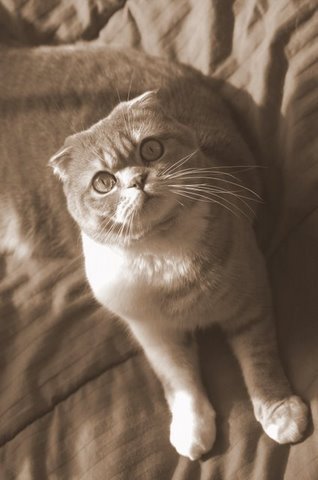
Scottish Fold cats look like they’re wearing tiny caps, thanks to their distinctive folded ears that give them an owl-like appearance. This breed originated from a single barn cat named Susie in Scotland in 1961, whose unique ear fold was caused by a genetic mutation affecting cartilage development. Breeders immediately recognized the commercial appeal of this “cute” trait.
However, the same gene responsible for those adorable folded ears also affects cartilage throughout the cat’s body, potentially causing painful arthritis and joint problems. Many countries have banned or restricted breeding Scottish Folds due to these health concerns, yet they remain popular because humans can’t resist their perpetually surprised expressions.
The Manx Cat: Tailless by Design
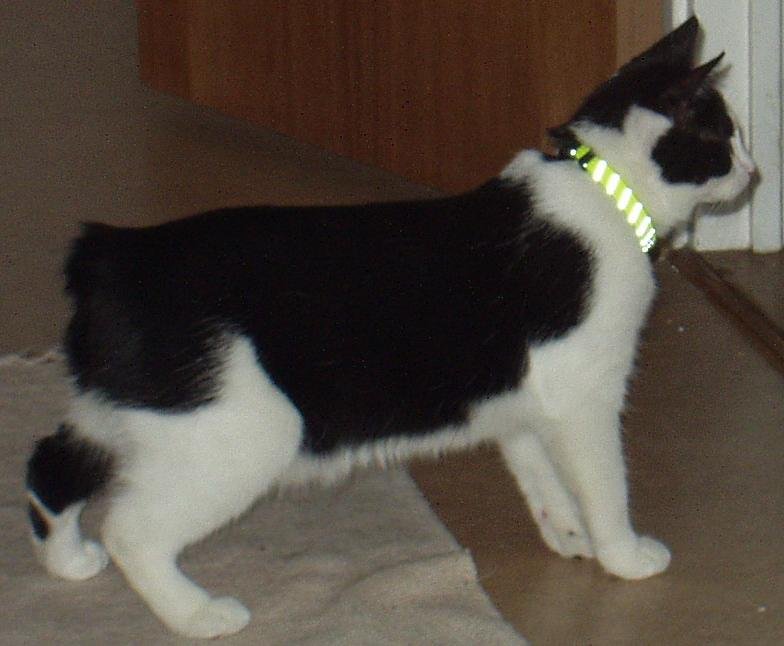
The Manx cat looks like someone forgot to give it a tail, and that’s exactly what happened genetically speaking. This breed originated on the Isle of Man, where a genetic mutation caused cats to be born without tails or with severely shortened ones. Humans found this trait fascinating and began breeding specifically for taillessness in the 1700s.
The Manx tail gene is actually quite complex, with different variations producing everything from completely tailless cats to those with small stumps. What’s remarkable is that this same gene affects the spine and can cause serious health issues including spina bifida. Yet breeders continue to select for this trait because the tailless appearance is considered distinctive and marketable.
The Persian Cat: Extreme Facial Engineering
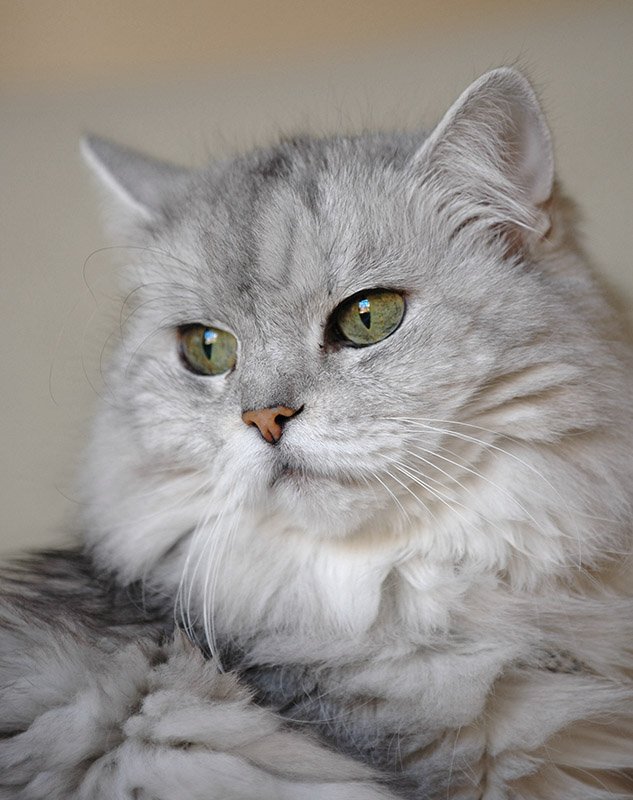
Persian cats have faces so flat they look like they’ve been pressed against a window, and this extreme look is entirely human-created. Originally, Persian cats had normal-length noses, but over decades of selective breeding, humans pushed for increasingly flat faces because they found the “baby-like” appearance more appealing. This process is called brachycephaly.
The consequence of this extreme breeding is that many Persians struggle with breathing, eating, and eye problems due to their compressed facial structure. Their tear ducts are often blocked, leading to constant eye discharge, and their shortened airways can cause breathing difficulties. Despite these health challenges, the Persian remains one of the most popular breeds because humans prioritize appearance over feline welfare.
The Double Standard of Genetic Manipulation
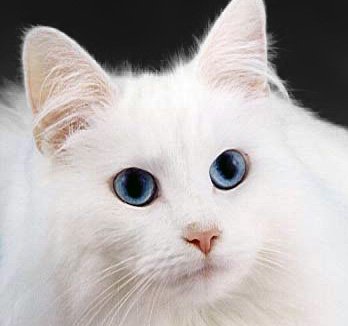
What’s striking about these five breeds is how they reveal our complex relationship with genetic manipulation. While we might be uncomfortable with genetic engineering in laboratories, we’ve been doing it with cats for centuries through selective breeding. The only difference is the speed and precision of the process.
Each of these breeds represents a moment when humans decided that a random genetic mutation was “cute” enough to perpetuate through controlled breeding. We’ve essentially turned cats into living art pieces, prioritizing aesthetic appeal over natural function and sometimes even basic health.
The Health Price of Human Preferences
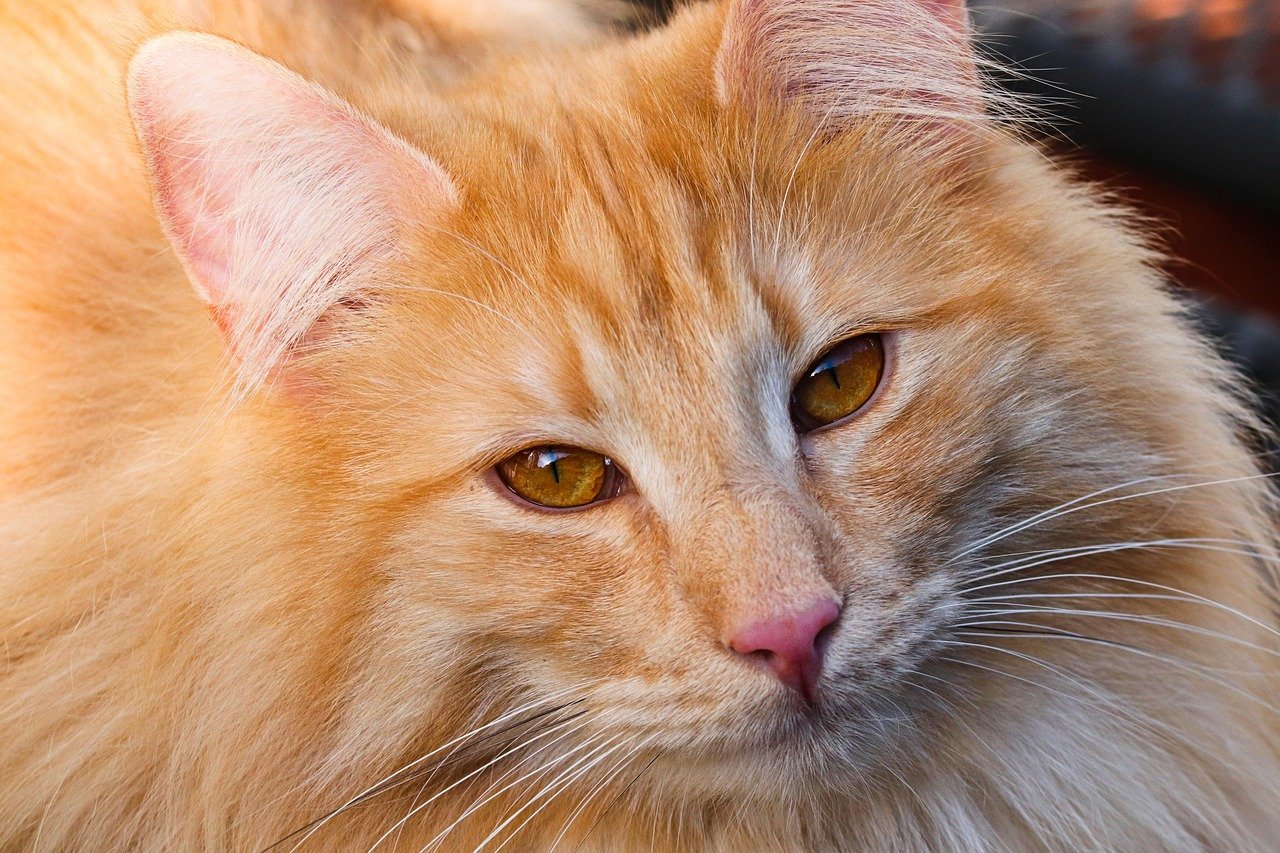
Behind every “designer” cat breed lies a story of compromised health for human aesthetic preferences. The Munchkin’s shortened legs can lead to spinal issues, the Sphynx’s hairlessness makes them vulnerable to skin problems, and the Scottish Fold’s cute ears come with painful joint diseases. These aren’t accidental side effects – they’re predictable consequences of prioritizing appearance over wellbeing.
Veterinarians increasingly speak out about these breeding practices, pointing out that we’re essentially creating cats that wouldn’t survive in the wild. It’s a sobering reminder that our desire for unique pets can sometimes override our responsibility to ensure their quality of life.
The Ethics of Playing Cat God
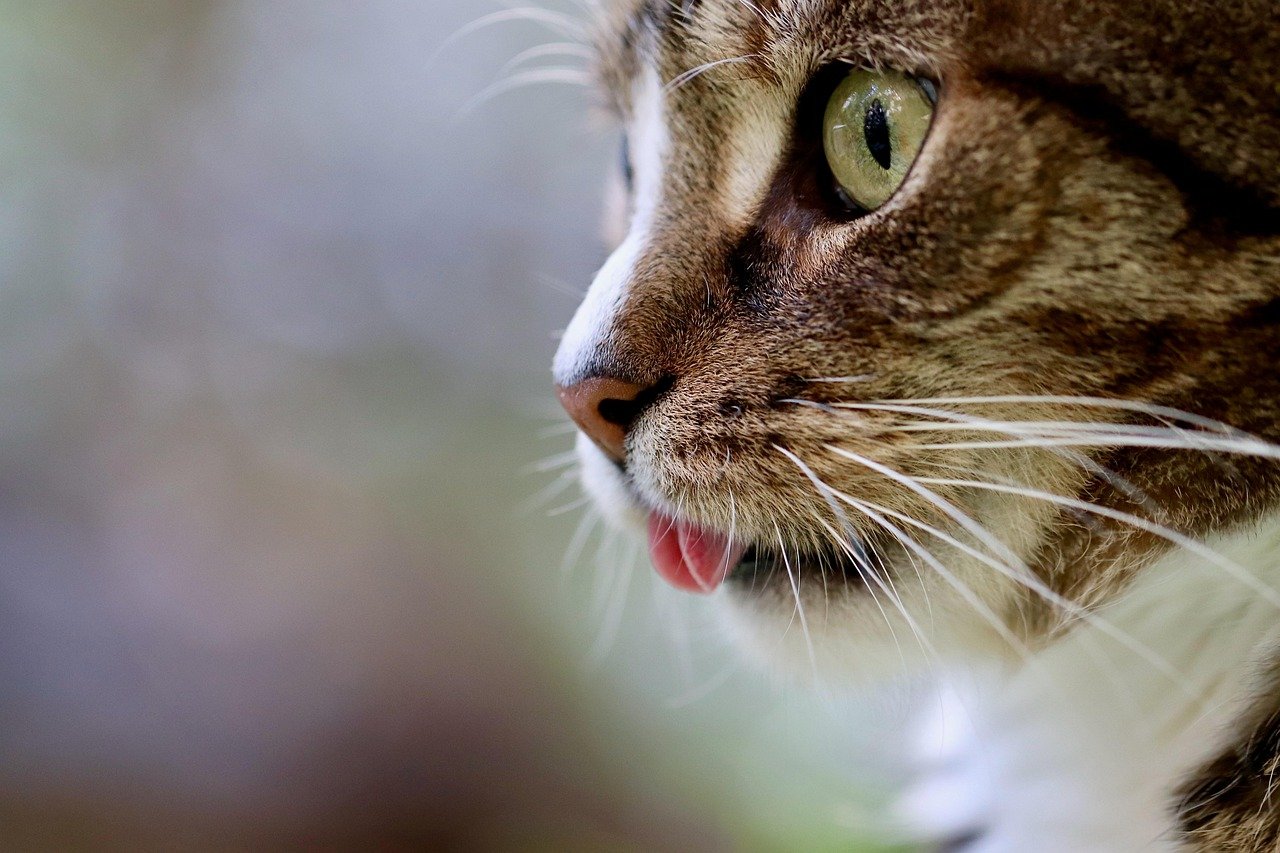
When we selectively breed cats for extreme traits, we’re essentially playing the role of evolution – but with very different priorities. Natural selection would eliminate many of these genetic modifications because they compromise survival, yet human selection preserves and amplifies them because they appeal to our emotions or sense of novelty.
This raises uncomfortable questions about pet ownership and responsibility. Are we loving these cats for who they are, or are we loving them for how they make us feel? The popularity of these breeds suggests that many cat owners are drawn more to the novelty and Instagram-worthy appearance than to the actual welfare of their pets.
The Future of Feline Genetics
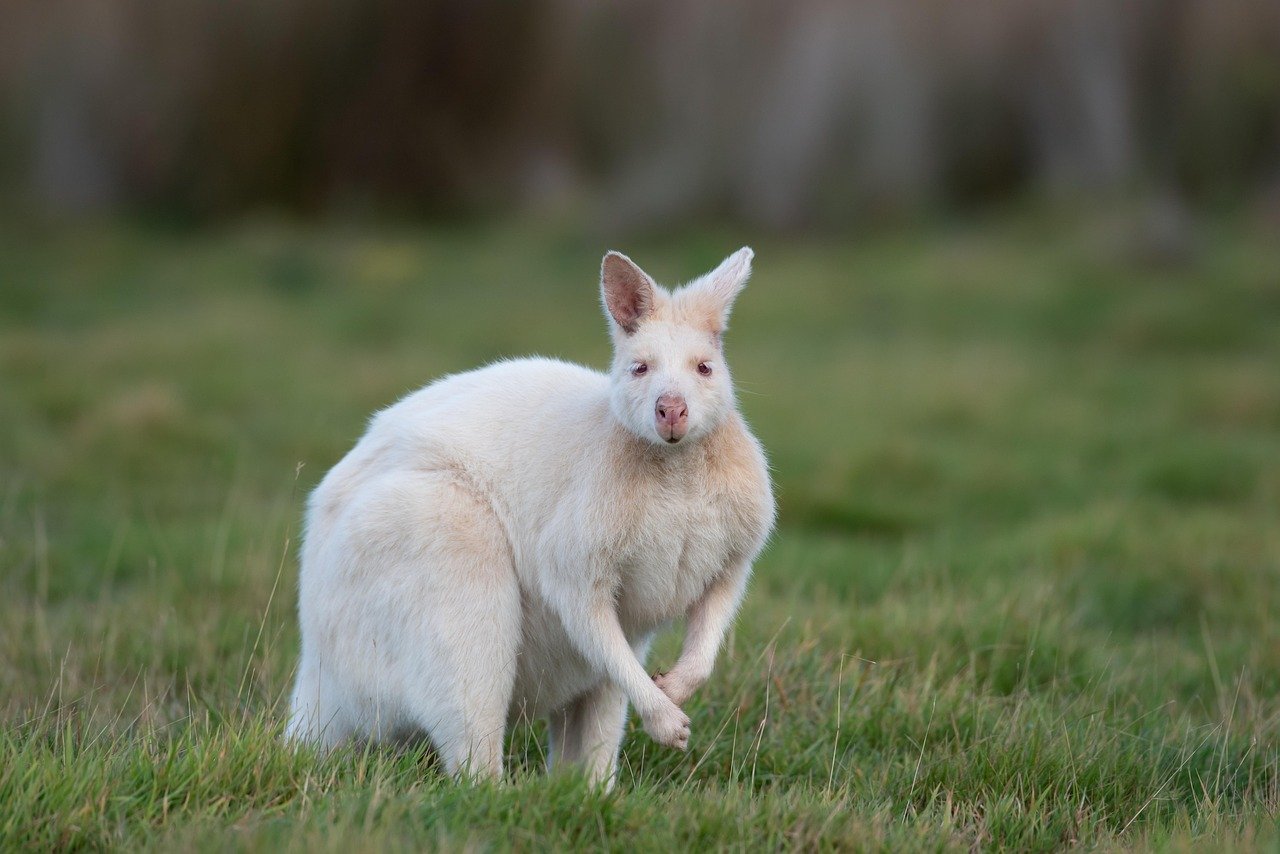
As genetic technology advances, we’re moving beyond traditional selective breeding toward direct genetic modification. Scientists can now identify and potentially “fix” the genes responsible for these breed-specific health problems, but they can also introduce entirely new traits that don’t exist in nature.
This presents both opportunities and ethical dilemmas. Should we use genetic engineering to eliminate the health problems we’ve created through selective breeding? Or should we stop creating these problematic breeds altogether? The cat fancy world is slowly beginning to grapple with these questions as public awareness of breeding-related health issues grows.
Conclusion: Love Them as They Are
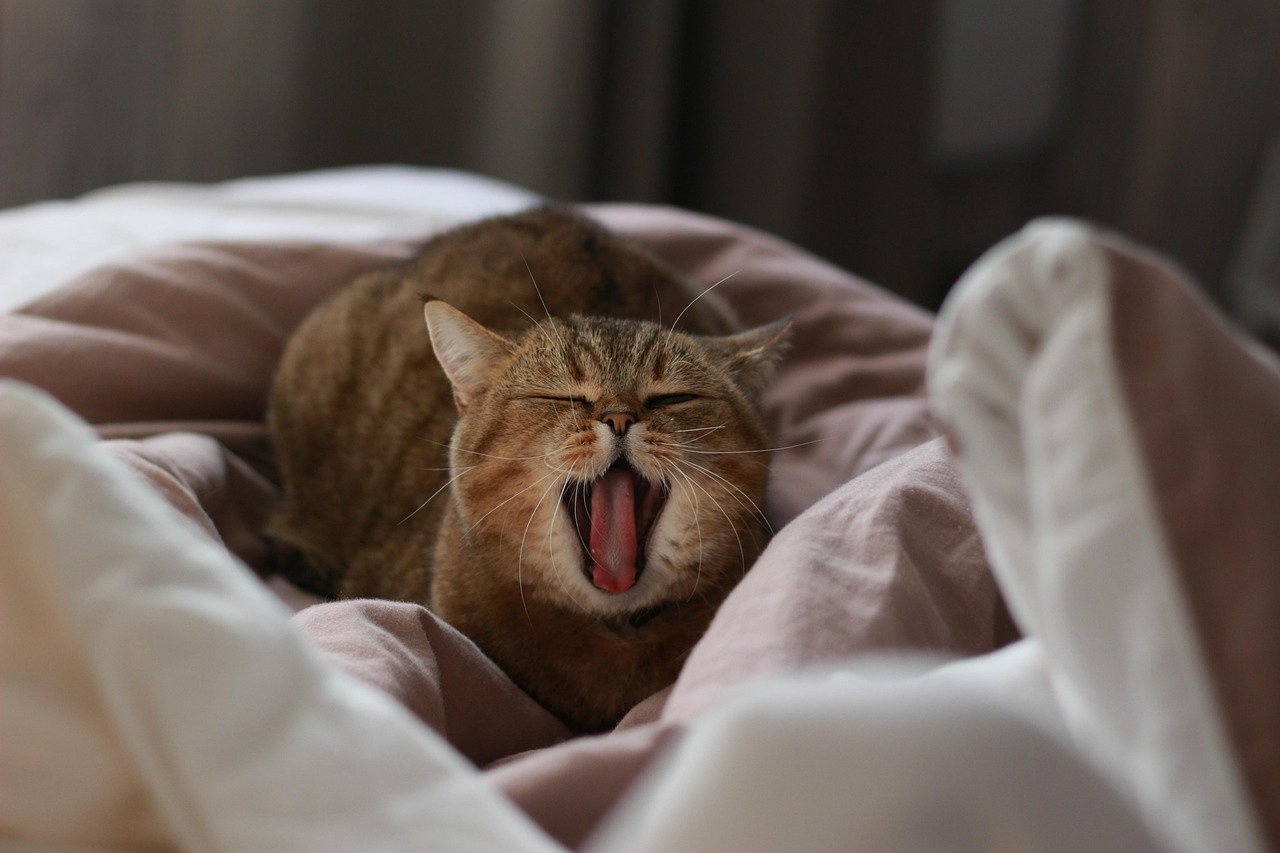
These five cat breeds represent some of humanity’s most dramatic interventions in feline genetics, each telling a story of how our preferences have shaped the cats we share our homes with. While we can’t undo the genetic modifications that created these breeds, we can make more informed decisions about supporting breeding practices that prioritize health over appearance.
The cats themselves are innocent victims of human vanity, deserving of love and care regardless of their genetic modifications. Perhaps the most important lesson from these breeds is that true cat appreciation comes from understanding and accepting them as they are – not as we’ve engineered them to be. What do you think weighs more heavily: our desire for unique pets or our responsibility to ensure their wellbeing?
Hi, I’m Bola, a passionate writer and creative strategist with a knack for crafting compelling content that educates, inspires, and connects. Over the years, I’ve honed my skills across various writing fields, including content creation, copywriting, online course development, and video scriptwriting.
When I’m not at my desk, you’ll find me exploring new ideas, reading books, or brainstorming creative ways to solve challenges. I believe that words have the power to transform, and I’m here to help you leverage that power for success.
Thanks for stopping by, Keep coming to this website to checkout new articles form me. You’d always love it!






